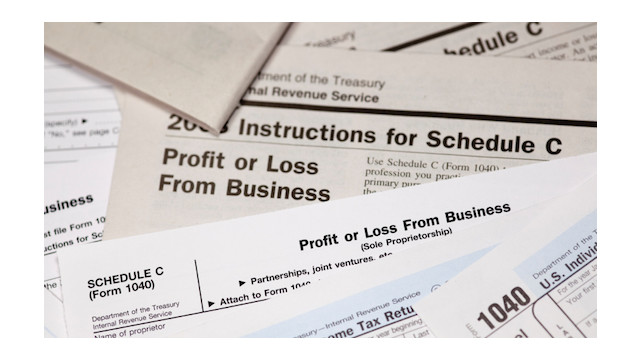Benefits
Don’t Leave Money on the Table: Employee Retention Credit Modified and Extended
Good news for small business owners! The Consolidated Appropriations Act, signed into law on December 27, 2020, has expanded and clarified CARES Act benefits for employers.
Feb. 26, 2021

Good news for small business owners! The Consolidated Appropriations Act, signed into law on December 27, 2020, has expanded and clarified CARES Act benefits for employers.
Specifically, Employee Retention Credits are now open to certain employers, including those receiving loan forgiveness on a Paycheck Protection Program (PPP) loan.
This new legislation does two things. First, it retroactively clarifies the Employee Retention Credit rules applicable to the period from March 13 to December 31, 2020. And secondly, it allows that credit for the first half of 2021 (through June 30). But eligibility varies slightly between 2020 and 2021.
So who’s eligible?
For 2020, eligible employers are those who had 100 or fewer full-time employees, and:
- Had their trade or business partially or fully suspended by the government due to Covid-19 safety regulations,
- Or, can show a decline of 50% of gross receipts during any quarter in 2020 when compared to the same quarter in 2019. (For businesses in this situation, once you’ve established the quarter in which you showed a 50% decline, the following quarters are also eligible — until you have a quarter with less than 20% gross receipts decline.)
Employers with more than 100 full-time employees may be eligible but have greater restrictions.
For both 2020 and 2021, full-time employees mean people you employed for at least 30 hours per week (on average) or 130 service hours per month. And for both years, eligibility includes private businesses, tax-exempt organizations, and some public institutions (such as colleges, universities, and hospitals).
If your business didn’t yet exist in 2019, you could still qualify for 2021 by using the same calendar quarter from 2020 as your comparison point.
The changes to who’s eligible in 2021 are:
- Employers with 500 or fewer full-time employees now qualify for all wages,
- Employers with greater than 500 full-time employees may be eligible, with greater restrictions.
- But, you can also now qualify with a decline of gross receipts of only 20% (compared to 50% for 2020).
Are all wages eligible?
There are minor differences in qualified wages between 2020 and 2021. But for both years, “qualified wages” includes wages, compensation, and in most situations, anything you’re paying for the employee’s health plan.
For 2020, the credit applies to the first $10,000 per employee for the year. It covers 50% of qualified wages and is applied against the employer’s share of the 6.2% OASDI. Any excess credit beyond that is treated as a tax refund for overpayment.
But know that payroll deductions are reduced by the amount of credit you’re claiming. No double-dipping is allowed!
For 2021, there are two key differences. One, the credit applies to the first $10,000 per employee per quarter. And two, it covers 70% of qualified wages.
Note that you can’t include paid sick leave and family leave wages if you’re already claiming another tax credit for them. Likewise, wages used for the Work Opportunity Credit don’t qualify. Nor do wages used for a forgivable PPP loan (more on this in a minute!). And wages paid to certain relatives of the employer or the majority business owner don’t qualify, either.
What if I used employee wages to qualify for PPP loan forgiveness?
You can’t claim an Employee Retention Credit for wages that were paid through a forgiven PPP loan. (Or one where you’re going to apply for forgiveness.) Wages will be considered as going toward your Employee Retention Credit — before considering loan forgiveness — unless you opt-out of the credit.
If you’ve already applied for the forgiveness of a PPP loan, you may need to reevaluate which expenses should be used to apply for forgiveness.
Ultimately, employers have more options and support now than they did a month ago. So, take a deep breath and give yourself a moment to absorb a bit of good news. And then — yes, we know, there’s work to do. Be sure to contact an experienced accountant who can help guide you through the process and what qualifies so you can take advantage of this credit.
=======
Thomas Cole, CPA, MST, is a member at Smolin, a full service accounting firm located in New Jersey, New York and Florida and that focuses on working with business owners and high-net-worth individuals.
